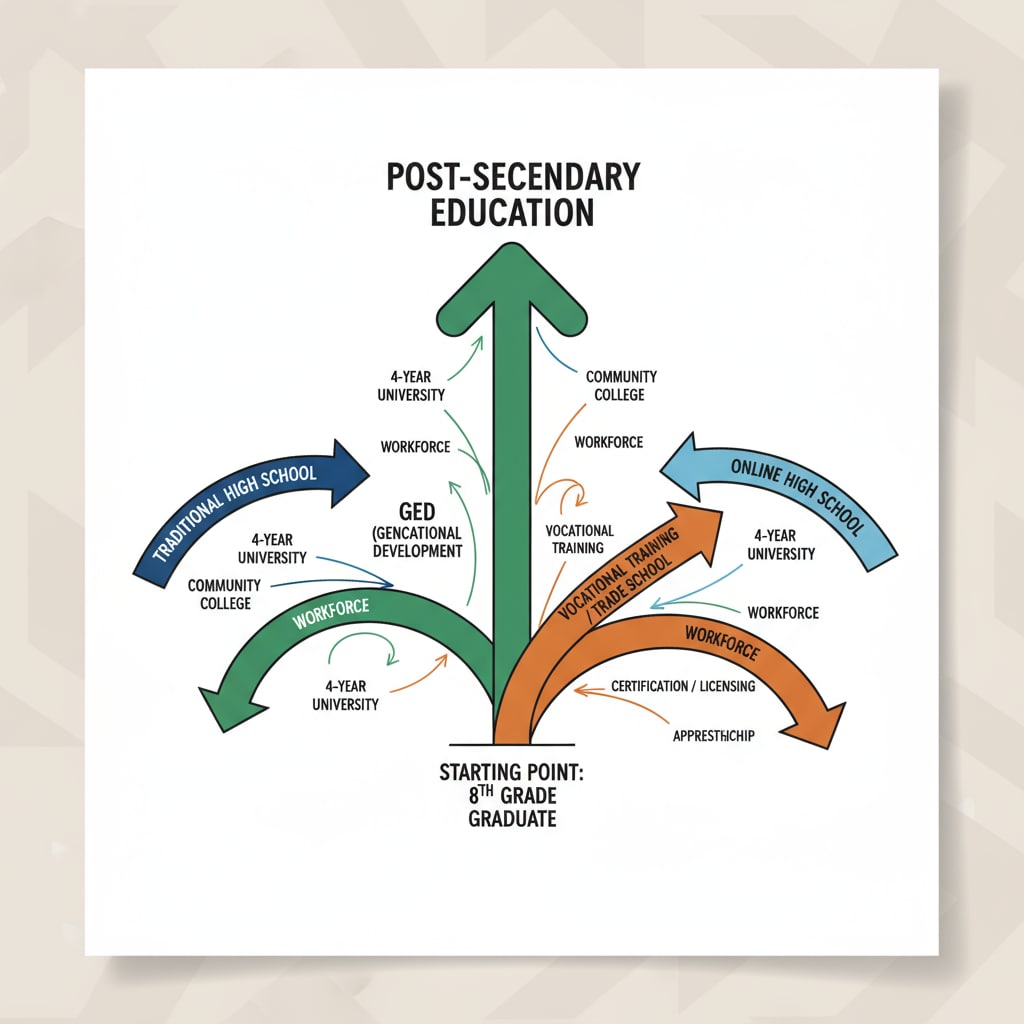Diplomas, GED, and alternative options are becoming increasingly relevant in today’s educational landscape. As the demand for diverse learning paths grows, it’s essential to understand the different ways one can achieve a high school equivalent. In this article, we will explore the pros and cons of these alternatives to help students and parents make the best decisions for their future.

The Rise of Alternative High School Paths
In recent years, the traditional high school model has faced challenges as more students seek flexibility and personalized learning experiences. Alternative options have emerged to fill this gap, offering different ways to earn a high school diploma or its equivalent. These alternatives cater to a wide range of learners, including those who have dropped out of traditional schools, need to balance work and study, or prefer a non-conventional learning environment. For example, some students may find that a self-paced online program suits their needs better than the structured classroom setting. As a result, the popularity of these alternative paths has been on the rise. Alternative education on Wikipedia
The GED: A Well-Known Alternative
The General Educational Development (GED) test is one of the most recognized alternatives to a traditional high school diploma. It assesses an individual’s knowledge in four subject areas: language arts, mathematics, science, and social studies. Obtaining a GED can open doors to further education and employment opportunities. One of the main advantages of the GED is its flexibility. Students can study at their own pace and take the test when they feel ready. Additionally, it allows individuals who have interrupted their high school education to get back on track. However, some employers and educational institutions may view a GED as less valuable than a traditional diploma. They may prefer candidates with a more comprehensive high school education.

General Educational Development on Britannica
Other alternative options to consider include vocational training programs, online high schools, and adult education courses. Vocational training programs focus on developing specific skills in areas such as trades, technology, or healthcare. These programs can lead to certifications that are highly valued in the job market. Online high schools offer a flexible learning environment where students can complete their coursework from anywhere with an internet connection. Adult education courses are designed for older learners who want to complete their high school education or upgrade their skills. Each of these alternatives has its own set of pros and cons.
Readability guidance: As we’ve seen, alternative high school paths like the GED and others offer flexibility and opportunities for different learners. By understanding the pros and cons of these options, students and parents can make more informed decisions about their educational future. Whether it’s choosing a vocational training program, an online high school, or pursuing a GED, each choice should be based on individual needs and goals.


